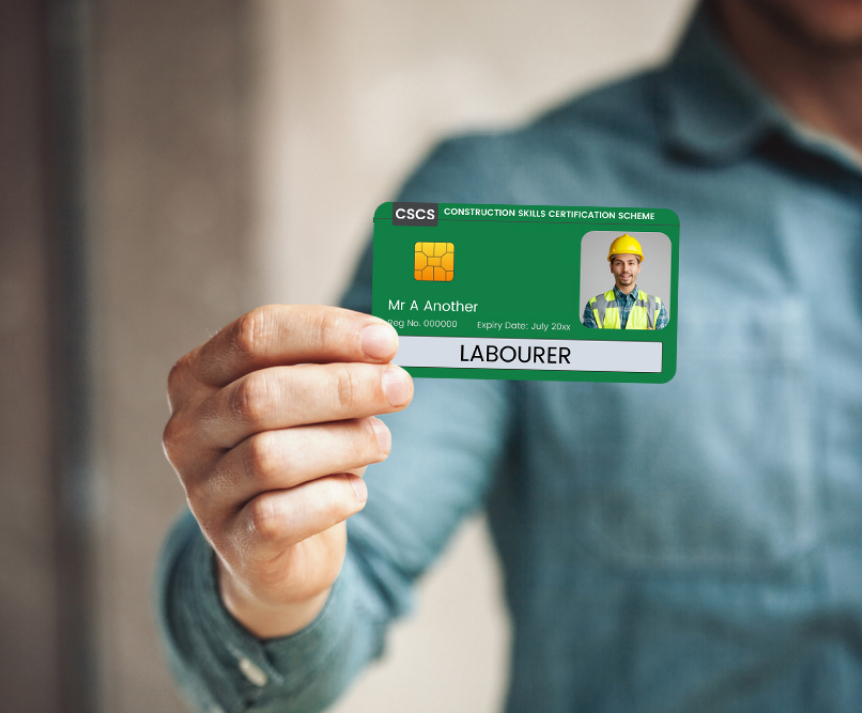One of the most dangerous workplaces in the world is the construction site, but it is also one of the most neglected. In addition to the high number of accidents and injuries that occur there, these situations could endanger the lives of those concerned. For this reason, construction workers should be more cautious than those in any other profession.
We’ll go into the do’s and don’ts in construction to decrease workplace accidents and ensure your safety and, more importantly, the lives of your team to assist you in avoiding the unpleasant risks that might arise on-site. Construction sites will no longer be frightening if these rules are carefully followed.

DO’s
1. Wear Safety Equipment At All Times
No matter how high or low a worker’s platform is, there will always be a chance of rubble or other things falling on them. Workers could suffer an injury or pass away if anything fell on their heads. To protect your head from any debris that might fall from above, you should, at the very least, wear a hard hat the entire shift. Wearing gloves and high-visibility clothing, like any other safety equipment, protects your hands and improves your ability to see while you are in a potentially dangerous environment. Safety glasses are advised to protect your eyes from dust or sparks, and boots are encouraged owing to their endurance.
2. Learn Site Safety
Although most of a construction worker’s abilities can be gained on the site, it is preferable to acquire safety knowledge before entering the site. The majority of the contractors in the UK require the labourers to have a CSCS Labourer Card, which is a testament that the worker has qualifications to work on a site. To apply for a CSCS Labourer Card, the workers need to complete the CSCS Green Card (Labourers Card) Course, also known as the CSCS Labourer Card Course, through which they will learn safety regulations and health-related topics like manual handling, hazardous substances, welfare facilities, etc. Experienced personnel should also enrol in the CSCS Labourer Card Course once every five years to increase/refresh their understanding of building standards for safety. These training sessions will cover anything from basic safety precautions to techniques that could save lives, like how to use a ladder safely. The main objective is to ensure that everyone is thoroughly trained. The employees ought to be aware of the safety precautions that must be taken in the event of an occurrence after these training sessions.

3. Keep An Eye on Your Surroundings At All Times
Anyone entering a building site should always keep an eye out for potential dangers because there are nearly always many activities occurring at once. It would be best if you always kept an eye out for them wherever you travel because doing so will prevent catastrophic injuries. Examples include:
- Pits.
- Construction equipment.
- Beams moving about the region.
- Other risky parts of an incomplete building.
Additionally, you must never talk on the phone or interact with others while operating machinery that needs close attention.
4. Stay Close to The Foreman
To work effectively, supervisors should always ensure the safety of their construction crews. The foreman’s responsibility is to direct the personnel performing duties across the site. A foreman’s knowledge of construction safety places them in a leadership position that cannot be disregarded. Even if a safety issue isn’t immediately obvious, always pay attention to what they say about what is safe and what isn’t.
5. Inform the Workers About Site Hazards
Every worker must be properly informed and aware of the potential risks before entering any construction job site, regardless of their position or degree of expertise. Unskilled or ignorant workers may pose the greatest risks to any company since they may unintentionally endanger those around them. The best method to avoid injuries or accidents is probably to fully comprehend the dangers around you and to maintain a constant level of attention.
Essential safety training is required in workplaces where accidents and fatalities are more likely; doing so will help you avoid terrible events that will harm your reputation and finances. Even though training sessions are held all year long, construction workers would enforce safety regulations more effectively if they applied and practised the skills they learned there. Without the proper training, employees risk severe or even fatal injuries.
6. Use Proper Equipment
You need to provide your employees with the appropriate tools and a suitable workspace for the task at hand if you want to foster a culture that prioritises construction safety. Construction site safety is impossible without the right tools because there is always a danger of getting hurt when using the incorrect ones. With the wrong equipment, construction workers are sure to make serious, even fatal, mistakes. In addition to ensuring that every piece of equipment on the job site is appropriate for the task at hand, construction companies also need to ensure that all equipment is kept in good working order.
7. Take a Break When Needed
While putting in a lot of effort should always be viewed as rewarding, it’s okay to take a break occasionally. Taking a break before returning to work helps employees maintain their vitality. Make sure breaks don’t go any longer than they have to.
DON’T
1. Wear Anything Unsuitable on a Construction Site
Casual attire won’t keep workers safe while at work; baggy pants or skirts are more likely to cause injury than work pants, and steel-toed boots will always provide more protection against heavy objects than trendy running shoes.
2. Wandering Into Unsafe Areas
It’s not always safe to enter a building site just because it’s large and has numerous places. Significant liabilities may result for the contractor and other parties. The dangerous spots should be suitably designated with cones and signage to deter workers or anyone from entering risky areas.
3. Use Equipment You Are Not Familiar With
Some employees are better than others at using specific pieces of equipment. Although it could appear simple initially, employees shouldn’t utilise any new tools without supervision. Commercial real estate work is expensive enough as it is, and untrained workers run the risk of harming or destroying site property.




